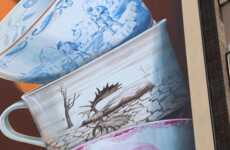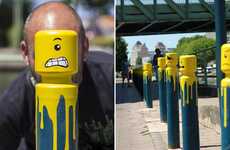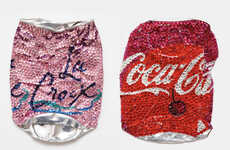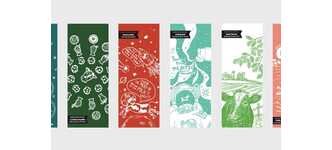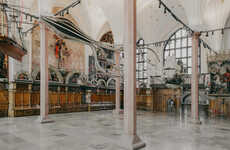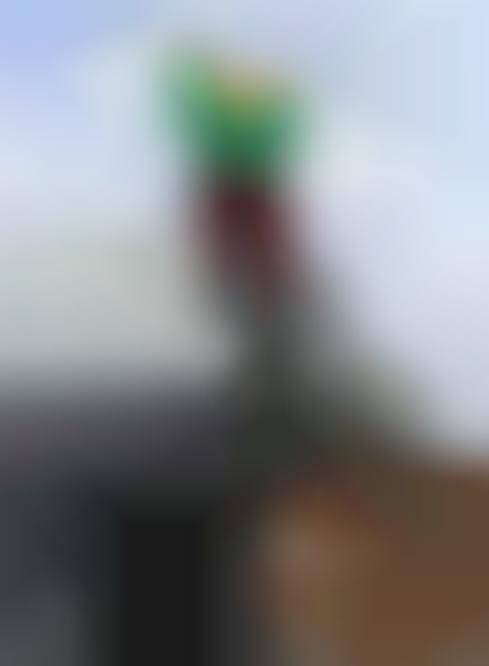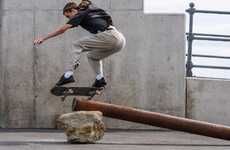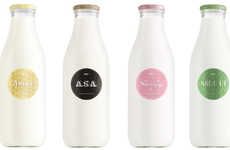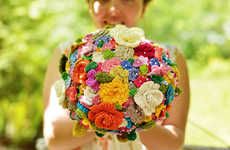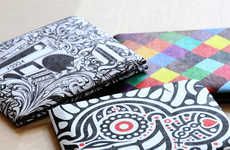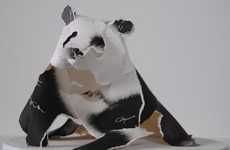
'Crate Man' Takes Over the Streets of Melbourne
Tisah Tucknott — September 11, 2009 — Art & Design
Project 'Crate Man' has officially taken over the streets of Melbourne, Australia. The street art, which is made from used milk cartons, is covering fences, buildings, rooftops, and hillsides.
Although the creator of 'Crate Man' is still unknown, the towering figure has popped up around Melbourne since 2006. The milk crate monsters are carefully positioned so that they are in viewing distance from freeways and railway lines.
Implications - Street artists are becoming as legitimate as professional ones. Consumers are becoming more open to the types of art they accept; pieces in galleries are no longer the only acceptable form. Some audiences enjoy looking at street art more than works officially exhibited because it creates a sense of closeness to the artist. Designers could achieve this sense of authenticity by incorporating more casual elements into their pieces.
Although the creator of 'Crate Man' is still unknown, the towering figure has popped up around Melbourne since 2006. The milk crate monsters are carefully positioned so that they are in viewing distance from freeways and railway lines.
Implications - Street artists are becoming as legitimate as professional ones. Consumers are becoming more open to the types of art they accept; pieces in galleries are no longer the only acceptable form. Some audiences enjoy looking at street art more than works officially exhibited because it creates a sense of closeness to the artist. Designers could achieve this sense of authenticity by incorporating more casual elements into their pieces.
Trend Themes
1. Street Art Acceptance - Consumers are becoming more open to accepting street art as a legitimate form of artistic expression, creating disruptive innovation possibilities for artists and designers.
2. Authenticity in Design - Designers can incorporate casual elements into their work to create a sense of authenticity, drawing inspiration from the closeness experienced with street art.
3. Alternative Art Spaces - The rise of street art as a popular form of art challenges the traditional gallery space, paving the way for alternative art spaces and disrupting the art exhibition industry.
Industry Implications
1. Art Galleries - Art galleries are being disrupted as street art gains acceptance, leading to potential innovation in curatorial practices and exhibition formats.
2. Design - The acceptance of street art inspires designers to infuse authenticity in their work, creating opportunities for innovative design approaches.
3. Outdoor Advertising - The popularity of street art presents a disruptive opportunity for outdoor advertising, as brands explore collaborations with street artists to create eye-catching and engaging campaigns.
3.4
Score
Popularity
Activity
Freshness

